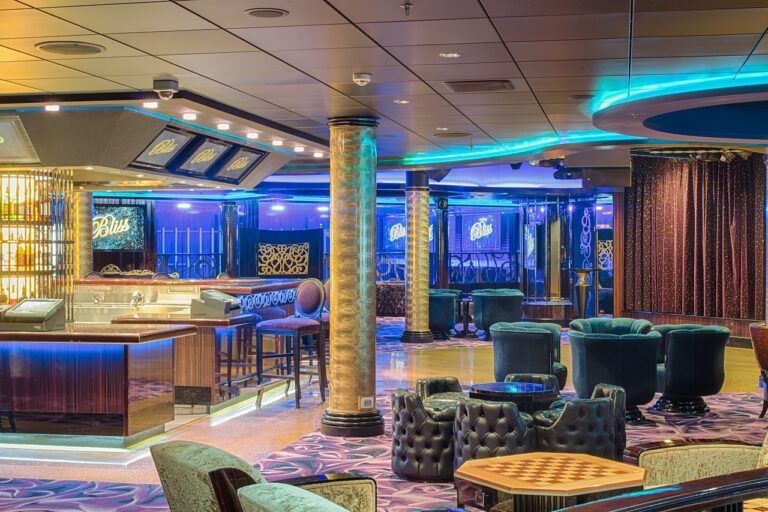The Psychology of Outdoor Furniture Placement for Social Gatherings: 11xplay online id, India24bet login, Skyinplay
11xplay online id, india24bet login, skyinplay: Are you planning to host a social gathering in your outdoor space? Whether it’s a backyard barbecue, a birthday party, or a casual get-together with friends, the placement of outdoor furniture can play a crucial role in shaping the dynamics of the event. The psychology of outdoor furniture placement for social gatherings is often overlooked but can significantly impact the comfort, interaction, and overall experience of your guests.
Creating the perfect outdoor seating arrangement requires a balance of aesthetics, functionality, and social dynamics. By strategically placing your outdoor furniture, you can create inviting spaces that encourage conversation, relaxation, and connection. Here are some key tips to keep in mind when arranging your outdoor furniture for social gatherings:
Creating Conversation Areas:
One of the primary goals of outdoor furniture placement for social gatherings is to create conversation areas. By arranging your furniture in small groupings, you can encourage guests to engage with each other and foster a sense of intimacy. Place chairs and sofas facing each other to facilitate eye contact and easy communication.
Consider Traffic Flow:
When arranging your outdoor furniture, it’s essential to consider the flow of traffic. Make sure there is enough space for guests to move around freely without feeling cramped or obstructed. Avoid blocking pathways or entrances with furniture to ensure a smooth flow of movement throughout the space.
Utilize Different Types of Seating:
To accommodate a variety of preferences and comfort levels, consider incorporating different types of seating in your outdoor furniture arrangement. Mix and match lounge chairs, benches, and dining chairs to provide options for guests to choose from based on their preferences.
Create Focal Points:
To create visual interest and anchor your outdoor space, consider adding focal points such as a fire pit, water feature, or a beautifully landscaped area. Arrange your furniture around these focal points to draw guests’ attention and create a cohesive design.
Consider Privacy and Shelter:
Depending on the layout of your outdoor space, you may want to consider adding elements that provide privacy and shelter. Use plants, screens, or pergolas to create defined areas and add a sense of coziness to your gathering space.
Encourage Movement and Interaction:
To promote social interaction and engagement, consider placing furniture in a way that encourages movement and mingling. Create open spaces for guests to gather and interact freely, while also providing more intimate seating arrangements for smaller groups to gather and chat.
Incorporate Lighting and Accessories:
Don’t forget to incorporate lighting and accessories into your outdoor furniture arrangement. String lights, lanterns, and outdoor rugs can add warmth and ambiance to your space, while cushions, throw pillows, and blankets can add comfort and style.
By taking the time to consider the psychology of outdoor furniture placement for social gatherings, you can create a welcoming and comfortable environment that enhances the overall experience for your guests. Whether you’re hosting a small gathering or a large event, thoughtful furniture placement can make a significant difference in how your guests interact and enjoy the space.
FAQs:
Q: How can I make my outdoor furniture arrangement more inviting?
A: To make your outdoor furniture arrangement more inviting, focus on creating comfortable seating areas, incorporating elements of nature, and adding personal touches such as cushions, throw pillows, and outdoor rugs.
Q: What are some common mistakes to avoid when arranging outdoor furniture for social gatherings?
A: Some common mistakes to avoid include overcrowding the space with furniture, blocking pathways or entrances, neglecting comfort and functionality, and failing to consider the flow of traffic and movement.
Q: How can I create a seamless transition between indoor and outdoor spaces with my furniture arrangement?
A: To create a seamless transition between indoor and outdoor spaces, consider using similar design elements, colors, and materials in both areas. Arrange your furniture in a way that blurs the lines between indoor and outdoor living, creating a cohesive and harmonious environment for social gatherings.







